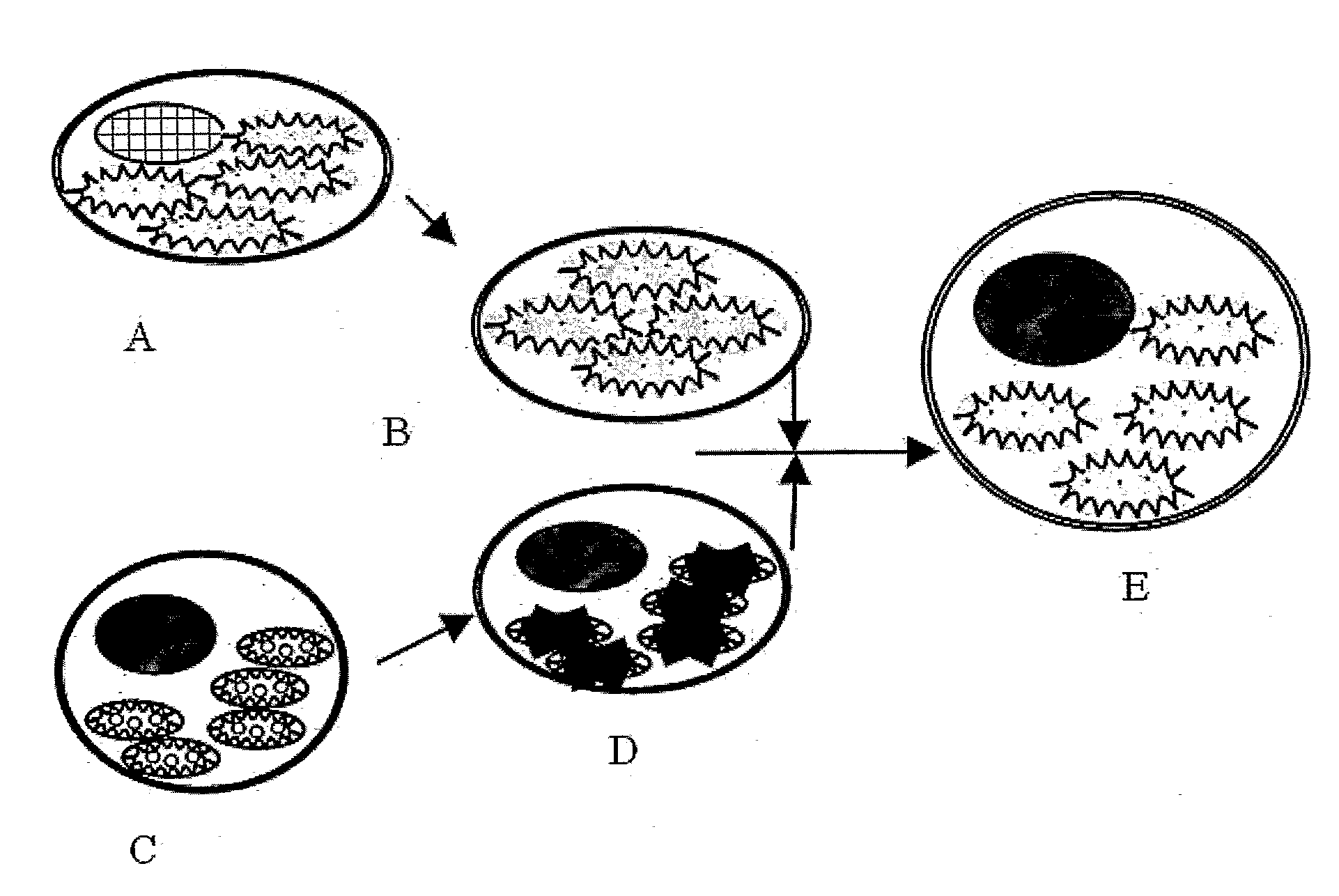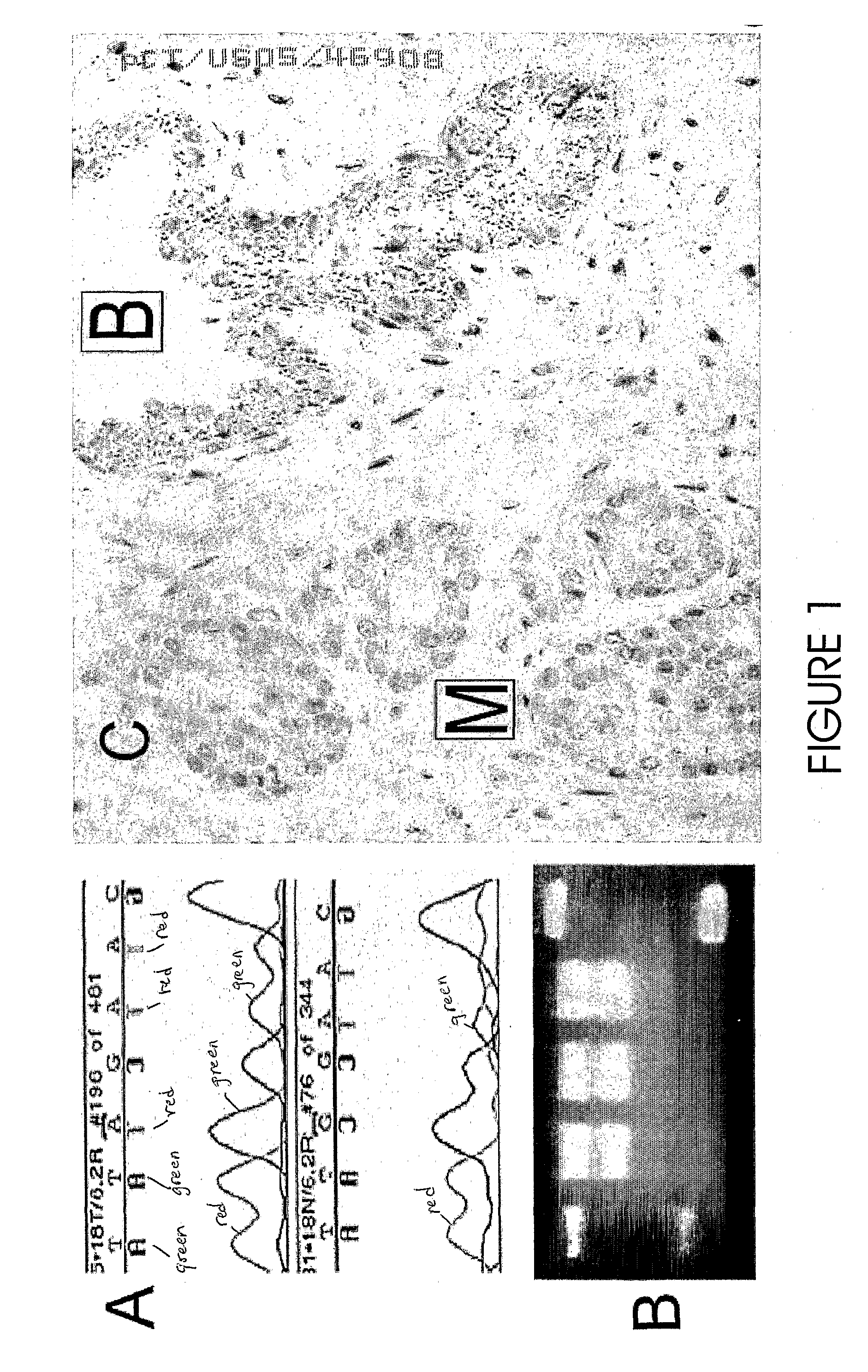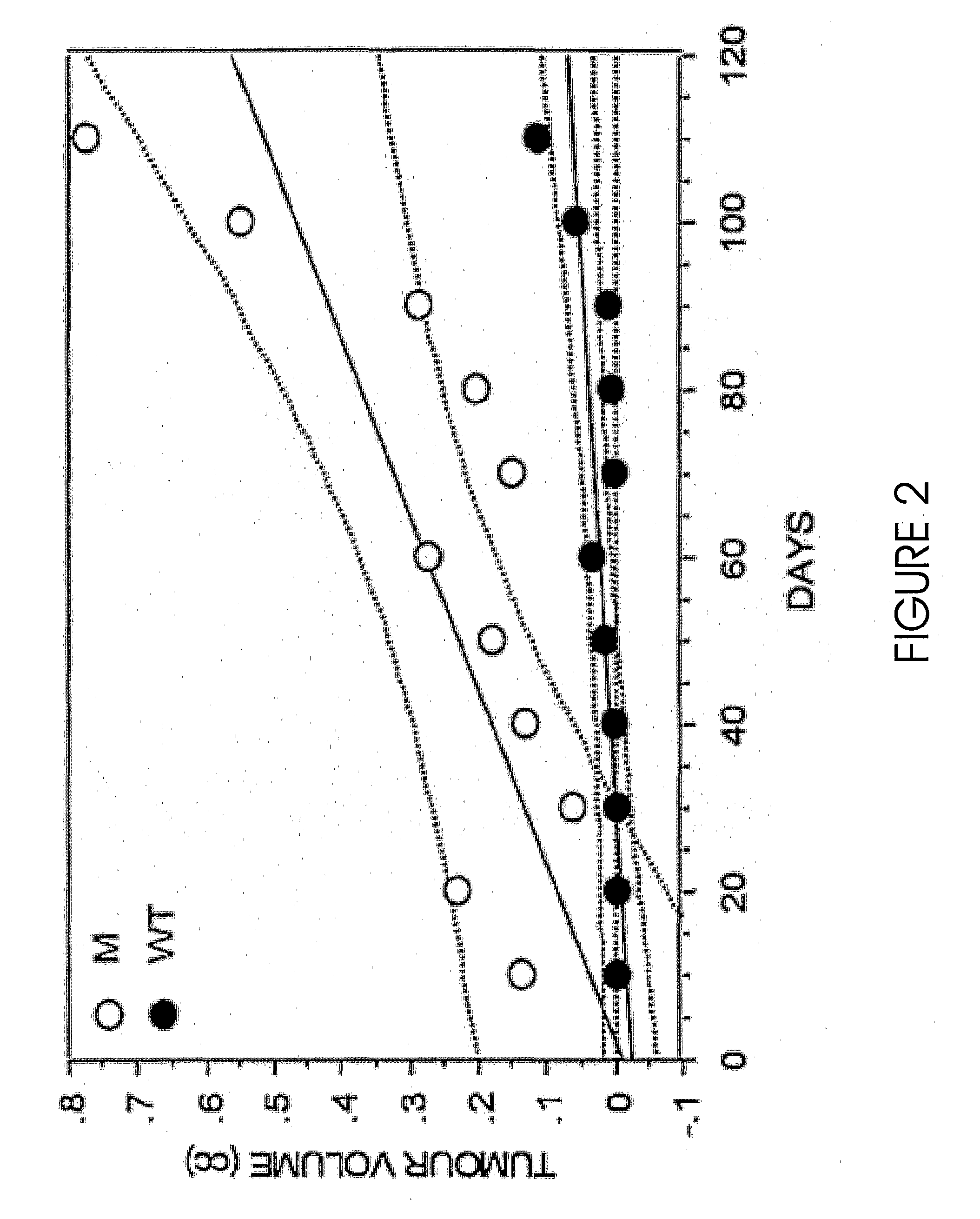Inherited Mitochondrial Dna Mutations in Cancer
a cancer and mitochondrial technology, applied in the field of mitochondrial dna mutations in cancer, can solve the problems of increasing the rate of superoxide generation, causing severe cellular damage, and increasing the proportion of inappropriate donation of electrons
- Summary
- Abstract
- Description
- Claims
- Application Information
AI Technical Summary
Benefits of technology
Problems solved by technology
Method used
Image
Examples
examples
Materials and Methods
Patient Materials:
[0056]All patient studies were implemented under Emory University IRB approved protocols. Histologically confirmed prostate cancer samples were selected from our collection of radical prostatectomies, institutional tissue resources, and microdissected samples prepare between 1995 and 2002. The “no-cancer” control group was assembled from subjects that had undergone prostate biopsy and been found to be free of prostate cancer. These individuals were all at least 50 years old and had a PSA <4 ng / ml.
[0057]Sequencing the mtDNA COI Gene:
[0058]In order to determine which (if any) area of the mitochondrial genome was mutated in prostate cancer we began our investigations by sequencing the entire genome in multiple prostate cancer cases. It rapidly became apparent that the gene most frequently affected with missense mutations was cytochrome c oxidase subunit 1 (COI). For this reason the majority of our subsequent sequencing effort has concentrated on t...
PUM
| Property | Measurement | Unit |
|---|---|---|
| Fraction | aaaaa | aaaaa |
| Fraction | aaaaa | aaaaa |
| Fraction | aaaaa | aaaaa |
Abstract
Description
Claims
Application Information
 Login to View More
Login to View More - R&D
- Intellectual Property
- Life Sciences
- Materials
- Tech Scout
- Unparalleled Data Quality
- Higher Quality Content
- 60% Fewer Hallucinations
Browse by: Latest US Patents, China's latest patents, Technical Efficacy Thesaurus, Application Domain, Technology Topic, Popular Technical Reports.
© 2025 PatSnap. All rights reserved.Legal|Privacy policy|Modern Slavery Act Transparency Statement|Sitemap|About US| Contact US: help@patsnap.com



